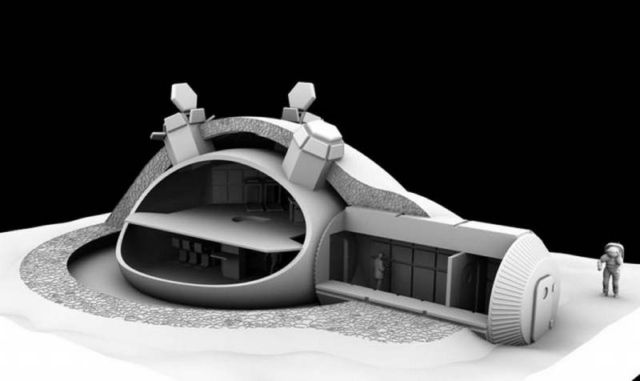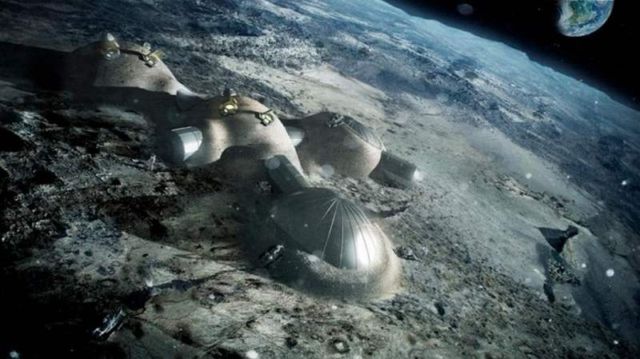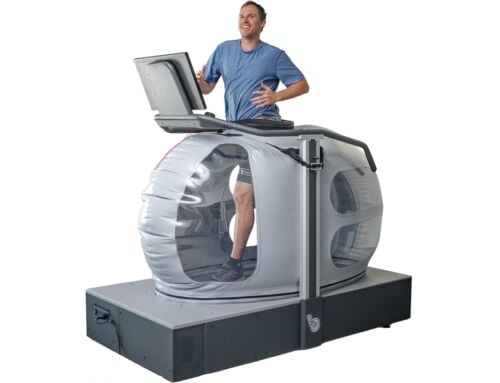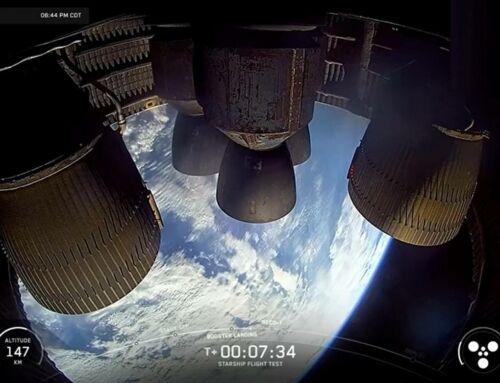NASA announced a new $2.25 million competition to design and build a 3-D printed habitat, to put humans to the Moon, on Mars and other distant planets.
3D printed base on the Moon by European Space Agency and Foster + Partners. Credit Foster + Partners
NASA and the National Additive Manufacturing Innovation Institute, known as America Makes, are holding a new $2.25 million competition to design and build a 3-D printed habitat for deep space exploration, including the agency’s journey to Mars.
The multi-phase 3-D Printed Habitat Challenge, part of NASA’s Centennial Challenges program, is designed to advance the additive construction technology needed to create sustainable housing solutions for Earth and beyond.
Shelter is among the most basic and crucial human needs, but packing enough materials and equipment to build a habitat on a distant planet would take up valuable cargo space that could be used for other life-sustaining provisions. The ability to manufacture a habitat using indigenous materials, combined with material that would otherwise be waste from the spacecraft, would be invaluable.
 3D printed base on the Moon, an ambitious project, that the European Space Agency and architectural firm Foster + Partners. Credit Foster + Partners
3D printed base on the Moon, an ambitious project, that the European Space Agency and architectural firm Foster + Partners. Credit Foster + Partners
The first phase of the competition, announced Saturday at the Bay Area Maker Faire in San Mateo, California, runs through Sept. 27. This phase, a design competition, calls on participants to develop state-of-the-art architectural concepts that take advantage of the unique capabilities 3-D printing offers. The top 30 submissions will be judged and a prize purse of $50,000 will be awarded at the 2015 World Maker Faire in New York.
“The future possibilities for 3-D printing are inspiring, and the technology is extremely important to deep space exploration,” said Sam Ortega, Centennial Challenges program manager. “This challenge definitely raises the bar from what we are currently capable of, and we are excited to see what the maker community does with it.”
Read more at NASA






Leave A Comment